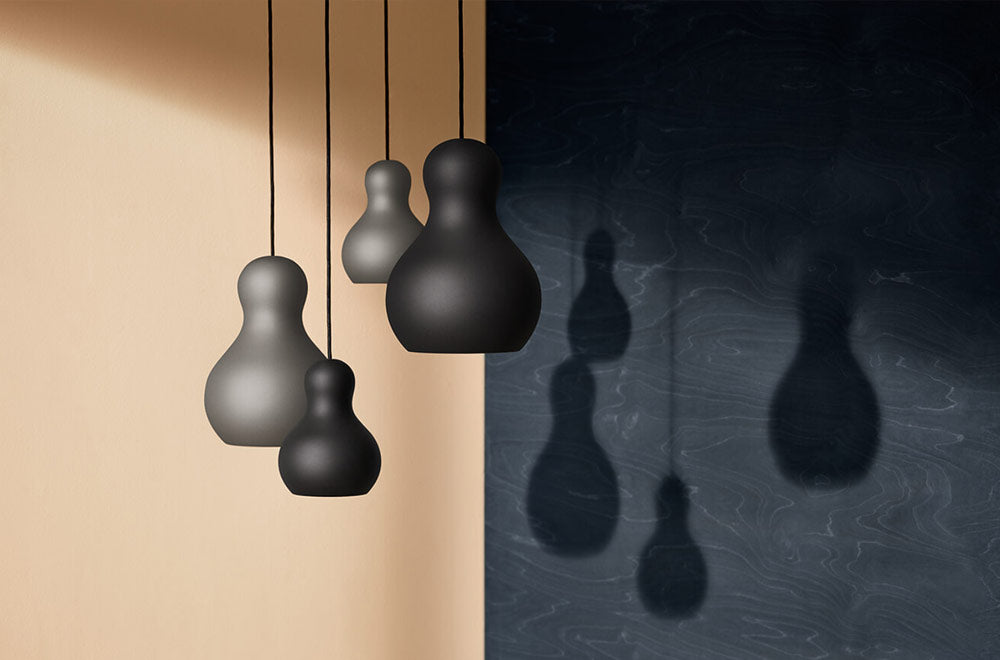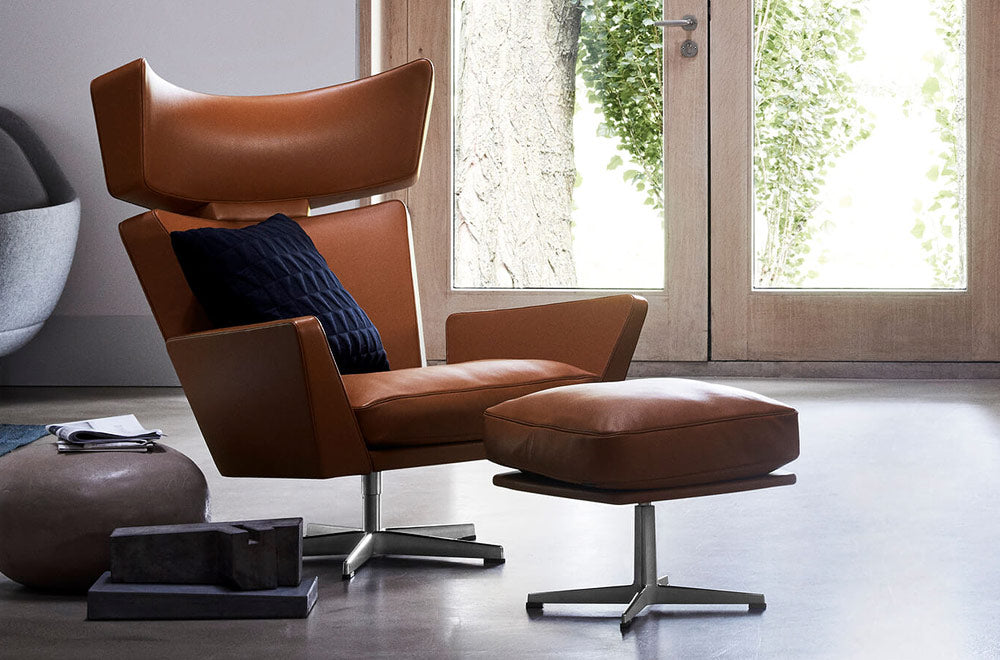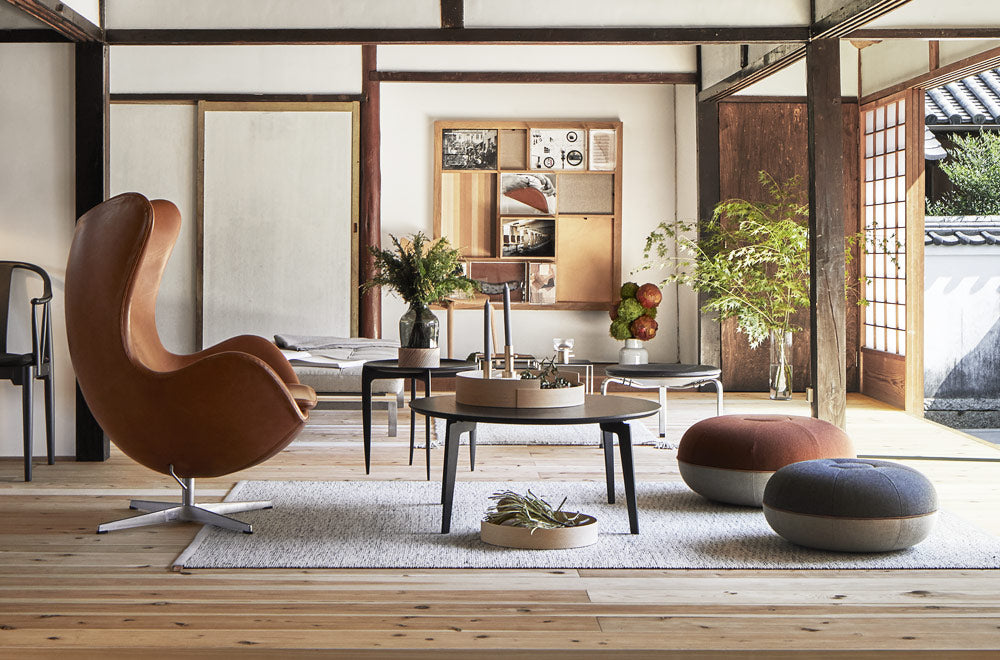The Danish architect Bodil Kjær’s Cross-Plex™ lamp first saw the light of day in 1961. This exceptional lamp – shaped like a cross and moulded in plexiglass, hence the name – consists of only the very necessary. Cross-Plex is therefore a pure reflection of the architect and designer’s characteristic clean-cut and straight lines - something she uses in everything she has designed. Seen from its profile, the table lamp almost looks like a miniature building with the opal shade representing an illuminated roof. The base is constructed as a puzzle leaving the exact amount of space needed for the cord to ascend in the centre of the design where it perfectly meets the socket. These transparent details, rendering the design honest, are simple but refined. The overall appearance of Cross-Plex is a clear reflection of Bodil Kjær’s design philosophy of not merely designing but creating solutions and solving problems.
Diameter: 400 mm
Height: 300 mm
Bodil Kjær has designed a number of furniture pieces or, architectural elements, as she prefers to call them. Her aim was never to create sculptural statements but rather to find functional, economic, and aesthetic solutions
Through her vast travels, Danish professor and architect Bodil Kjær has gained deep insight into the relationship between design and architecture and contributed significantly to the spread of Danish Modern design principles – this was not, however, the main purpose of her travels. Kjær wanted to explore methods and materials that could be used to realize her ideas for functional furniture systems and work environments.
Kjær was born in 1932 and grew up on her family’s ancestral farm near Horsens, Denmark, where she learned to appreciate quality and aesthetics.
She also gained a respect for nature and an interest in the dynamics of society.
As a furniture designer, Kjær views furniture construction from a purely technical perspective, interplayed with modern architecture and created for people. She always considers context and has collaborated with different professions in her desire to optimize physical settings.
Her furniture systems support creative people in their work processes, and her designs include indoor and outdoor furniture, light fixtures, a service trolley and vases, all characterized by lightness and a functionalist expression.

















